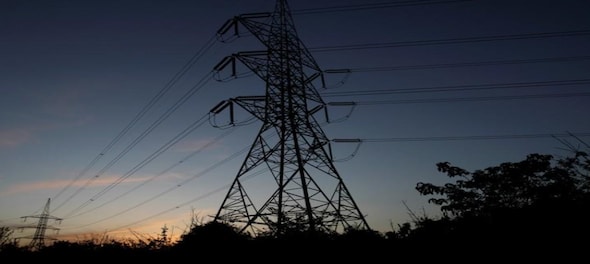
For power utilities, the demand-side impact of pandemic-related restrictions was short-lived, but their financial health -- which was already under stress across a number of states -- has certainly worsened. Despite the liquidity infusion relief made available to distribution companies through Power Finance Corporation and REC, the aggregate power procurement payment dues to power generating companies continue to exceed Rs 1 lakh crore.
Since the last Budget, there has been significant progress on the Revamped Distribution Sector Scheme (RDSS), which has an outlay of Rs. 3.03 lakh crore and is expected to be pivotal in achieving efficiency improvements and a financial turnaround of state-owned distribution companies. A large number of state utilities are close to finalising their action plans, a primary requirement under the RDSS scheme. The benefits of smart metering, Supervisory Control and Data Acquisition (SCADA), IT and infrastructure works, and reform measures being committed in the RDSS action plans will begin to show results from 2022-23, in the form of reduced aggregate technical and commercial (AT&C) losses, improved financial viability of utilities, and improvements in the quality and reliability of supply.
The need for more radical structural reforms such as privatising of distribution companies, and making state electricity regulatory commissions (SERCs) more independent and accountable are being re-emphasised over time. A clear push for increased investor ownership of distribution utilities is essential to lock in the benefits realised through financial restructuring of utilities being undertaken on the back of RDSS. The recent distribution company transactions in Odisha and the ongoing privatisation of distribution utilities in Union Territories are expected to create more recent and vibrant success stories, which will encourage states to undertake similar measures in the near future.
Given the thrust to propagating smart metering on a service model through the appointment of AMI service providers (AMISP), it seems to be an opportune time to consider a suitable roadmap to ultimately carving out metering services as a separate industry layer. This would attract more competent and capable players to bid for upcoming AMISP bids. The advent of independent metering service providers will also act as an enabler for effective implementation of retail supply competition or de-licensing, as in the UK.
ALSO READ
Despite the passage of more than 18 years from the notification of Electricity Act 2003, industrial and commercial tariffs continue to be burdened with cross-subsidies. To encourage businesses, it is imperative to rationalise electricity tariffs by eliminating cross-subsidies and other inefficiencies. Governments can provide tariff subsidy to specific consumer categories, the mechanism for which is now already well-established in most states.
Eliminating cross subsidies in commercial and industrial tariffs, and removing bottlenecks for purchase under Open Access to allow enterprises to directly purchase green power to meet their environmental, social and governance (ESG) goals are essential for the Indian economy to achieve its commitments under the PM’s ‘Panchamrit’ announcements at the UN Climate Change Conference (COP26).
Bringing electricity under the ambit of GST and the removal of electricity duty/tax on sale of electricity can be another mega reform that will not only help businesses become more competitive but will also benefit power utilities, which are not able to fully benefit from GST credits on their inputs.
Additionally, bringing power under GST will also make it tax efficient for distribution companies to consider other modes of asset procurement and business process outsourcing, which become unattractive due to the incidence of GST.
India’s bold commitments in COP26 call for equally bold measures to boost energy transition in the country. The country’s ambitious push for renewable energy generation has shown inspiring results. Encouraging commercial and industrial consumers to become net zero could be a significant game changer. In addition to the support under the PLI scheme on the manufacturing side, capital subsidy support for demonstration projects for new and promising energy transition technologies, such as Battery Energy Storage Systems and Green Hydrogen across multiple states, can boost the adoption and appreciation of benefits, and the issues involved.
--Anujesh Dwivedi is Partner with Deloitte India. The views expressed in this article are his own.
Check out our in-depth Market Coverage, Business News & get real-time Stock Market Updates on CNBC-TV18. Also, Watch our channels CNBC-TV18, CNBC Awaaz and CNBC Bajar Live on-the-go!


Lok Sabha Election Phase 2: Experts decode the key trends and issues in key battleground states
Apr 26, 2024 11:53 PM
2024 Lok Sabha Election | Which way the wind blows in the second phase
Apr 26, 2024 6:09 PM

